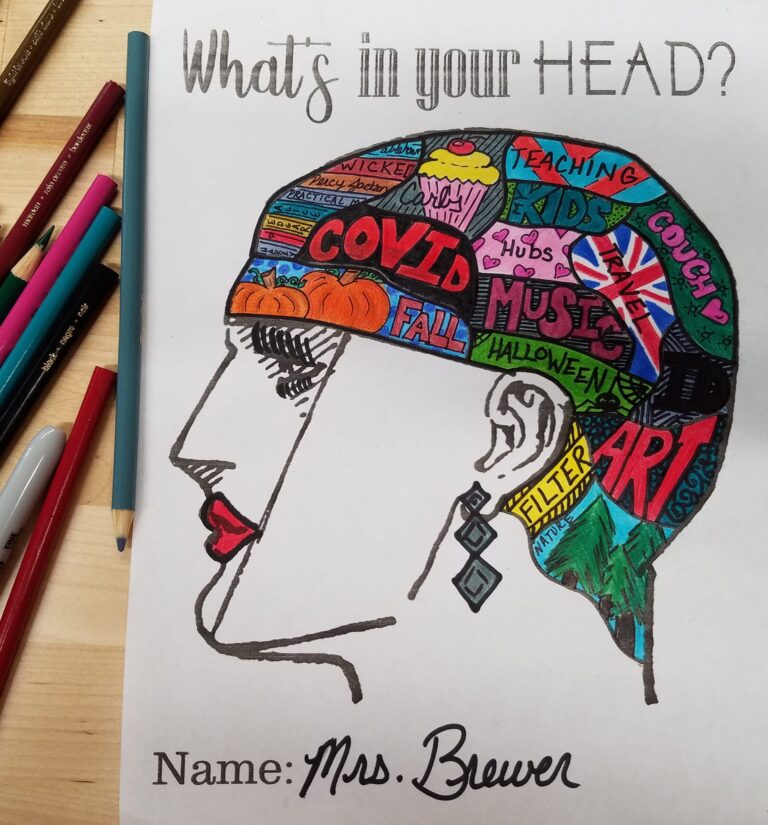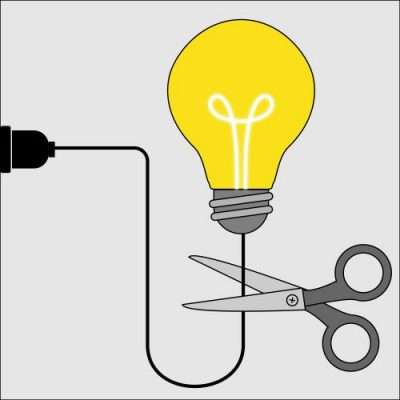Ted Talks
My New Year’s Resolution was to watch more Ted Talks. And I turned to my creative friends for inspiration. All 12 of these were curated from art teacher suggestions. Of course, if you haven’t watched Sir Ken Robinson’s Ted Talk called, “Do schools kill creativity?” do watch it first. I enjoyed watching all twelve listed below and I include notes on how you might consider using these in the classroom. Or put them on during studio time. Or when you are home and need to wind down. However you integrate these Ted Talks, enjoy them.
Can art amend history? | Titus Kaphar
Length: 12:52
Artist Titus Kaphar makes paintings and sculptures that wrestle with the struggles of the past while speaking to the diversity and advances of the present. In an unforgettable live workshop, Kaphar takes a brush full of white paint to a replica of a 17th-century Frans Hals painting, obscuring parts of the composition and bringing its hidden story into view. There’s a narrative coded in art like this, Kaphar says. What happens when we shift our focus and confront unspoken truths?
My Art Lesson: Inspiring, especially in the wake of Black Lives Matter. Great for art theory and art history classes or teachers who include those concepts in studio classes.
Embrace the Shake | Phil Hansen
Length: 10:01
In art school, Phil Hansen developed an unruly tremor in his hand that kept him from creating the pointillist drawings he loved. Hansen was devastated, floating without a sense of purpose. Until a neurologist made a simple suggestion: embrace this limitation … and transcend it.
My Art Lesson: Inspirational! A must-watch and well aimed to inspire tweens and teens.
Drawings that show the beauty and fragility of Earth | Zaria Forman
Length: 7:14
Zaria Forman’s large-scale compositions of melting glaciers, icebergs floating in glassy water, and waves cresting with foam explore moments of transition, turbulence, and tranquility. Join her as she discusses the meditative process of artistic creation and the motivation behind her work. “My drawings celebrate the beauty of what we all stand to lose,” she says. “I hope they can serve as records of sublime landscapes in flux.”
My Art Lesson: Great for students on using art to find voice and meaning in art making. Great way to segue into environmental issues.
Seeing the blind contour | Ian Sklarsky
Length: 9:11
My art simply shows that there aren’t any wrongs, it’s the enjoyment of figuring out how to get from point A to point B with one line without looking and creating what you see.
My Art Lesson: A fun way to introduce blind contour drawing to a class.
A grieving artist goes viral finding flow | Josie Lewis
Length:14:53
After years of devastating pregnancy losses that mirrored a lackluster art career, Josie Lewis gave up. She gave up trying to grow her family and gave up trying to be an artist. She began to focus on the most elementary elements of art, like color and texture and learned that the resulting flow state helped her work through the grief. When she put process videos of her work online, she discovered a global audience. Learn more about art, grief, and flow in this beautiful and inspirational talk.
My Art Lesson: Be warned, the artist, Josie Lewis, does talk about the loss of a child and subsequent miscarriages. Lewis teaches us what creative “flow” is and how it helps people cope and heal. I could see introducing the concept to an intermediate-level class. Maybe also a class that needs to understand that art takes quiet and concentration at times.
Art as a Spiritual Practice | Stephanie Smith
Length: 14:01
Stephanie’s talk is sub-titled “What I Learned from Making 10,000 Mandalas.” Stephanie holds a strong belief that process-based art practices are powerful tools for transformative personal growth. Our harsh inner critic can be temporarily silenced by removing the focus on quality, so that anyone may receive the many physical, emotional, and spiritual benefits that art-making has to offer.
My Art Lesson: Consider if you have created mandalas. Talks about process and mindfulness. Might be best to use just clips.
Why people believe they can’t draw – and how to prove they can | Graham Shaw
Length: 15:03
Why is it that so many people think they can’t draw? Where did we learn to believe that? Graham Shaw will shatter this illusion – quite literally – in a very practical way. He’ll demonstrate how the simple act of drawing has the power to make a positive difference in the world.
My Art Lesson: This is fun and builds confidence. Good introduction to cartooning.
Doodlers, unite! | Sunni Brown
Length: 5:34
Studies show that sketching and doodling improve our comprehension — and our creative thinking. So why do we still feel embarrassed when we’re caught doodling in a meeting? Sunni Brown says: Doodlers, unite! She makes the case for unlocking your brain via a pad and pen.
My Art Lesson: Brief masturbation reference in the beginning but truly fun way to be introduced to the value of doodling, or as we know it, visual information! Great cross-curricular content for teachers who don’t “get” their visual learners or who might want to think differently about doodling.
Steal Like An Artist| Austin Kleon
Length: 11:12
Austin Kleon’s talk “Steal Like An Artist” is a creative manifesto based on 10 things he wish he’d heard when he was starting out. Austin is a writer and artist. He’s the author of Newspaper Blackout, a best-selling book of poetry made by redacting newspaper articles with a permanent marker.
My Art Lesson: Austin Kleon teaches us that nothing is truly original, but rather, art is like science in that knowledge is cumulative and building. I might consider this with an Advanced Placement class or any class where students practice creating personal bodies of work. Students might take away how to look for and be inspired by artists whose work shares commonalities with their own creative journey.
Run, hide, or say thank you: when faced with feedback, what do you do? | Joy Mayer
Length: 10:59
“Run, hide, or say thank you: When faced with feedback, what do you do?” Ignore it? Deny it? Accept it only if it makes you feel good? Real engagement, on personal and professional levels, starts with being open to change.
My Art Lesson: Have a class not so good about valuing “feedback?” This short Ted Talk might be worth showing. Joy Mayer is not an artist but delivers that point well.
Drawing in class | Rachel Smith
Length: 19:12
Rachel develops ways to integrate technology into visual practice. She has a deep understanding of new media and its application to education through her previous role as Vice President for Services of the New Media Consortium, and prior experience leading her own graphic design company. Rachel is a skilled visual facilitator and recorder and works with groups both face-to-face and virtually.
My Art Lesson: Much of what I wrote for Doodlers Unite could be written here. Great reinforcement for those visual learners who need validation for their unique learning style. Also great for teaching visual communication skills, such as graphic design classes.
Neil Harbisson | I listen to color
Length: 9:35




